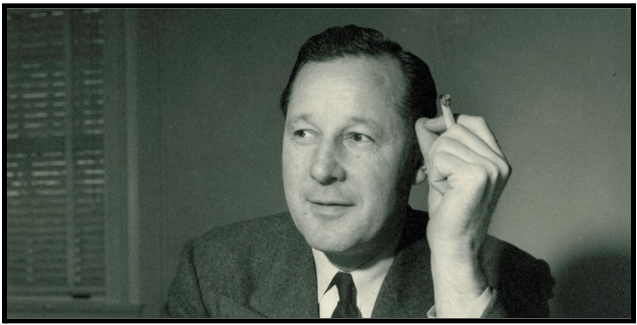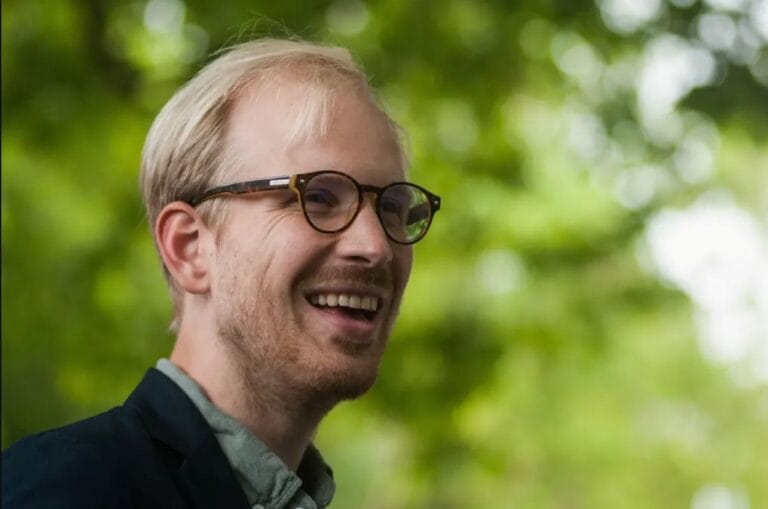Talking Big Ideas.
“The two most powerful warriors are patience and time.”
~ Leo Tolstoy, War and Peace
How do people become excellent at their craft?
This is the question Anders Ericsson set out to answer. He was among history’s leading experts on human achievement. He spent decades studying champions in sports, memory, music, games, and more.
In the early 1990s, while working for the renowned Max Planck Institute, Ericsson ran a study that revolutionized our understanding of human potential.
Berlin University of the Arts produces some of the world’s best musicians. Ericsson’s team asked their professors to identify the student violinists most likely to become international soloists — the very best of the best.
They also asked the professors to select students from two other skill levels: the better-than-average (but not superstars), and the good-but-not-great.
Ericsson (privately) named the three groups: good, better, and best. His team studied the students in depth. While they all were highly talented musicians from an elite institution, the talent gap between each of the groups was significant.
What accounted for this? What factors determined which group the students ended up in?
The research found that, surprisingly, just one metric made the difference. And it wasn’t innate talent.
It was time.
The “best” students on average spent about 2,000 more total hours practicing than the “better” students. And the “better” students spent about 2,000 more hours practicing than the “good” students.
Ericsson wrote: “We found no shortcuts and no prodigies . . . the violinists who had spent significantly more hours practicing their craft were on average more accomplished.”
Ericsson’s team also researched the most successful professional violinists alive — the current international soloists. They spent the same amount of time practicing throughout their formative years as the students in the “best” group.
This study has been replicated across numerous disciplines. The secret ingredient to elite performance holds:
Time.
But what about Mozart? Wasn’t he born a musical genius? No, he became one by practicing all day. Starting at four years old.
Tom Brady? 16 hours of practice a day.
Magnus Carlsen, the world chess champion? He says it best: “it’s been about putting in the time, obviously.”
I remember watching TV with my mom when Ricky Martin became an overnight sensation. I made a comment about how he appeared out of nowhere. My mom told me that he must have spent countless hours honing his craft before becoming famous.
“Overnight success is ten years in the making,” she said.
Today, I work with professionals from diverse backgrounds. And wildly different baselines. Some are already excellent public speakers. Others are starting from scratch. Some love the limelight. Others are terrified by it.
One principle always holds true: Those who practice most make the most progress.
This past year I worked with a group of ten spokespeople at the Mercatus Center. As the cohort came to an end, we held a final event. Each speaker delivered their best speech. Everyone voted on their favorite.
Two speakers won all the votes: Weifeng and JZ.
And it was a tie!
Before the event ended the Mercatus training director announced how much time each participant put into individualized practice sessions with her. She wanted to reward the spokesperson who practiced the most.
As it turned out, this too was a tie.
Between Weifeng and JZ.
***
![]() IDEA
IDEA
Excellence takes time.
Carve out time on your calendar before the holidays to ask yourself, “what is one skill I will make more time to build in 2022?”
***
All time is not spent equally, of course. Ericsson’s work shows that the quality of practice matters just as much as the quantity.
What are the best ways to practice building our communication skills?
We’ll be diving into this in 2022.
If you find this useful, please subscribe to our free weekly newsletter.




